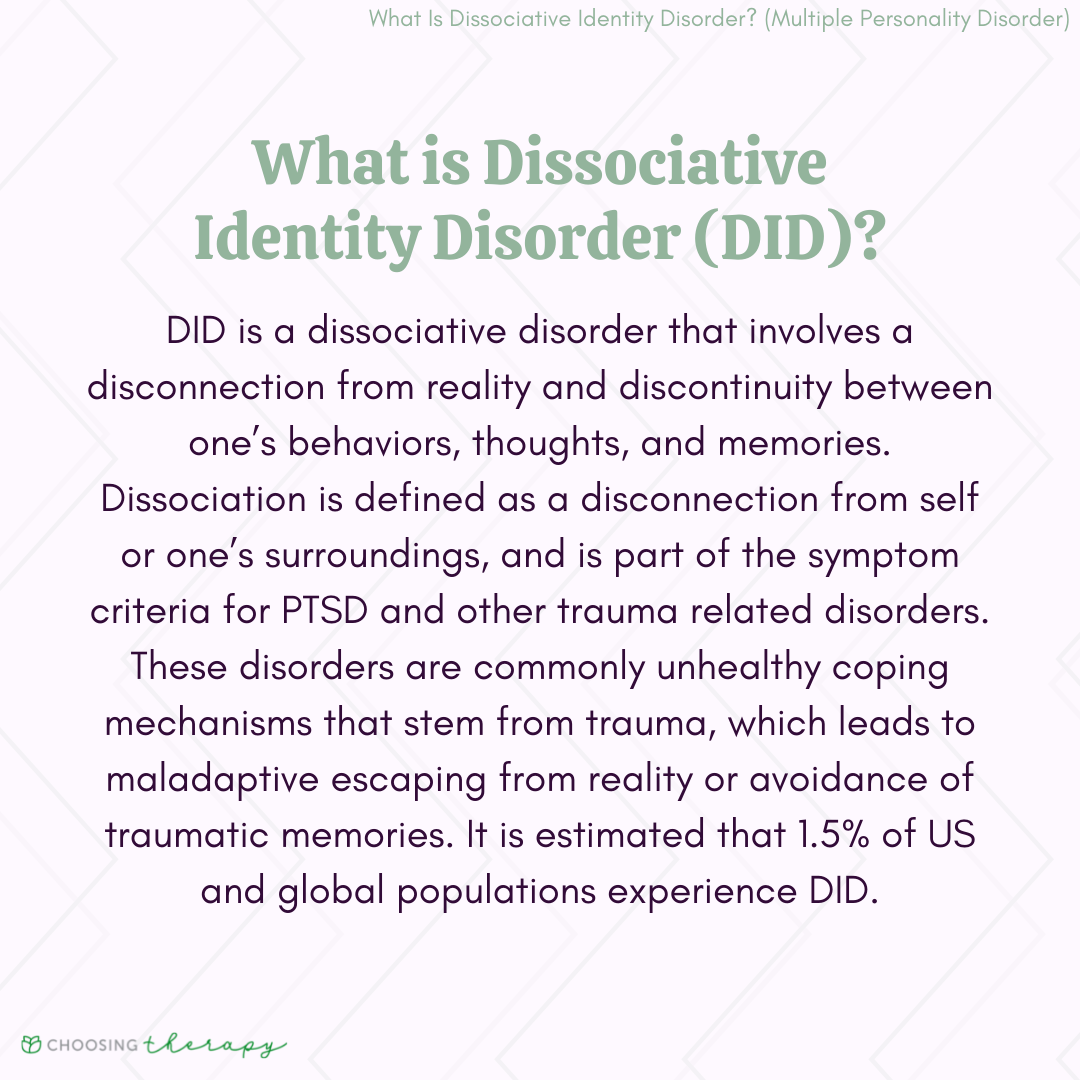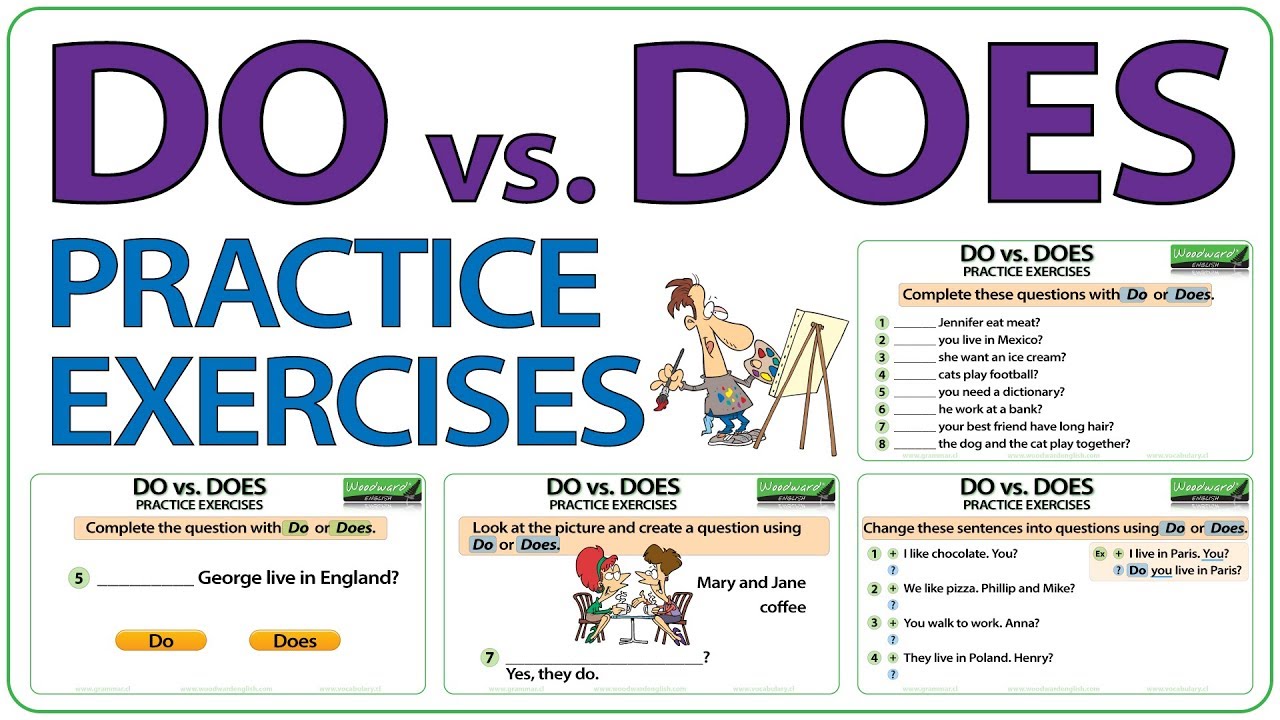Understanding the Eight Dimensions of Wellness: What’s Included and What’s Not
Introduction to the Eight Dimensions of Wellness
Achieving true well-being goes far beyond physical fitness or simply the absence of illness. The eight dimensions of wellness model, widely recognized in public health and higher education, offers a comprehensive framework for living a healthy, balanced life. Developed through research and adopted by organizations like SAMHSA (Substance Abuse and Mental Health Services Administration), this model identifies eight interconnected areas that, when nurtured, contribute to optimal health and quality of life [1] [2] .
What Are the Eight Dimensions of Wellness?
The eight dimensions of wellness include these key areas:
- Emotional Wellness
- Environmental Wellness
- Financial Wellness
- Intellectual Wellness
- Occupational Wellness
- Physical Wellness
- Social Wellness
- Spiritual Wellness
Each dimension is essential for overall health, and improvements in one area can have positive effects on the others [3] [4] .
1. Emotional Wellness
Emotional wellness involves understanding and managing your feelings, coping with stress, and cultivating satisfying relationships. Strategies to enhance emotional wellness include practicing mindfulness, seeking support when needed, and regularly reflecting on your thoughts and emotions. For example, journaling or reaching out to a trusted friend can build resilience and self-awareness [3] .
2. Environmental Wellness
Environmental wellness emphasizes living in harmony with your surroundings by respecting nature and creating safe, supportive environments. This can mean reducing clutter, minimizing exposure to pollutants, or participating in community clean-up events. Having access to green spaces or maintaining a tidy home can also foster a sense of well-being [2] .
3. Financial Wellness
Financial wellness is about managing resources to live within your means while planning for future needs. Practical steps include budgeting, saving, and seeking guidance from financial counselors if needed. Learning to handle unexpected expenses and set realistic financial goals can reduce stress and increase security [1] .
4. Intellectual Wellness
Intellectual wellness encourages curiosity, lifelong learning, and creative pursuits. This dimension can be enhanced by reading, attending workshops, or engaging in discussions on diverse topics. For instance, taking an online course or trying a new hobby can stimulate your mind and broaden your perspective [3] .
5. Occupational Wellness
Occupational wellness involves finding fulfillment and meaning in your work or volunteer activities. Whether you’re pursuing your dream job or contributing to your community, satisfaction with your daily activities can significantly impact your overall wellness. Consider reflecting on your career goals or exploring new opportunities for growth [2] .
6. Physical Wellness
Physical wellness is often the most recognized, encompassing exercise, nutrition, sleep, and regular medical care. Creating an active routine, eating a balanced diet, and prioritizing rest all contribute to this dimension. Consulting with healthcare providers and making small, sustainable changes can make a noticeable difference in your energy and health [4] .

Source: pngplay.com
7. Social Wellness
Social wellness focuses on building healthy relationships and maintaining strong connections with others. This may involve joining clubs, reaching out to friends, or participating in group activities. Volunteering or attending community events are also excellent ways to strengthen your social support system [1] .
8. Spiritual Wellness
Spiritual wellness is about finding meaning, value, and purpose in life. For some, this may involve religious faith; for others, it might come from meditation, time in nature, or personal reflection. Creating a spiritual practice that aligns with your beliefs can foster inner peace and resilience [4] .
What Is Not Included in the Eight Dimensions of Wellness?
Understanding what is not included is crucial for clarity. The eight dimensions do not explicitly include areas such as:
- Medical or clinical wellness as a separate dimension (though physical and emotional wellness may overlap with medical care, clinical treatment is not its own dimension)
- Sexual wellness (sometimes addressed under physical or emotional wellness, but not considered a standalone dimension in the standard model)
- Technological wellness (though technology may influence other areas, it is not a formal dimension)
- Recreational wellness (while leisure and play are important, they typically fall under social, physical, or emotional wellness)
Other models may add or combine dimensions, but according to established frameworks by organizations such as SAMHSA and leading universities, only the eight areas listed are formally recognized [2] [3] .
How to Access Resources for Each Dimension
Resources to support each dimension of wellness are widely available. Here are practical steps you can take for each area:

Source: clipart-library.com
- For emotional wellness : Seek counseling services through your workplace, educational institution, or community. Many universities and community health centers offer free or low-cost support. You can search for “mental health services near me” or visit the official website of the National Alliance on Mental Illness for guidance.
- To enhance environmental wellness : Join local community groups focused on sustainability or environmental improvement. City or county government websites often list ways to get involved in environmental initiatives.
- For financial wellness : Many non-profit organizations and credit unions offer free financial counseling. Search for “financial wellness programs” through established organizations like the National Foundation for Credit Counseling.
- For intellectual wellness : Public libraries and community colleges often provide workshops, lectures, and continuing education courses. Visit your local library or search their official website for current offerings.
- To improve occupational wellness : Career centers at universities or workforce development agencies offer career counseling, resume workshops, and job fairs. Search for “career center” plus your location to find resources.
- To support physical wellness : Access to gyms, community recreation centers, or online fitness programs can provide guidance. Consider consulting your primary care provider for personalized health advice.
- For social wellness : Community centers, volunteer organizations, and local clubs are great places to build connections. Use official city directories or reputable non-profit portals to find groups in your area.
- For spiritual wellness : Faith-based organizations, meditation groups, and wellness retreats can offer opportunities for growth. Search for local organizations or refer to established religious or spiritual community websites.
If you are unsure where to start, consider contacting your local public health department or university wellness center for a directory of available services. Always verify the organization is legitimate and the services are appropriate for your needs before engaging.
Alternative Approaches and Additional Considerations
While the eight dimensions are widely accepted, some wellness models may expand or combine categories based on individual or cultural needs. For instance, some organizations may merge environmental and occupational wellness, or highlight additional areas such as creative or digital wellness. If you feel another area is critical to your well-being, you can incorporate it into your personal wellness plan. The key is to take a holistic, proactive approach and regularly assess your progress in each area.
References
MORE FROM oncecoupon.com













